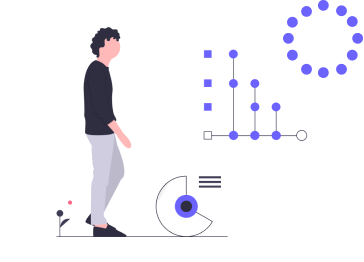The Collective Experience of Empathic Data Systems (CEEDS) project will develop novel, integrated technologies to support human experience, analysis and understanding of very large datasets.
Making use of humans’ implicit processing abilities
CEEDS will develop innovative tools to exploit theories showing that discovery is the identification of patterns in complex data sets by the implicit information processing capabilities of the human brain. Implicit human responses will be identified by the CEEDs system’s analysis of its sensing systems, tuned to users’ bio-signals and non-verbal behaviours. By associating these implicit responses with different features of massive datasets, the CEEDs system will guide users’ discovery of patterns and meaning within the datasets.
Immersion in synthetic reality spaces
To achieve this goal, users will be immersed in synthetic reality spaces (SRS), allowing them to explore complex data whilst following narrative structures of varying spatio-temporal complexity. Unobtrusive multi-modal wearable technologies will be developed in the project for users to wear whilst experiencing the SRS. These will provide an assessment of the behavioural, physiological and mental states of the user.
Two brains are better than one – collective experience
Individuals’ pattern detection abilities will be augmented by linking multiple users together, creating a collective discovery system. Components of the CEEDs system will be integrated using generalized architectures from network robotics, creating a genuinely novel approach to massive distributed synthetic reality applications.
Making a practical difference
CEEDs’ effectiveness will be validated through studies involving stakeholders from science, history and design. The consortium envisages genuine benefits from the CEEDs system. Think, for example, of a young pupil using CEEDs being able to see complex patterns in an astronomy data set, patterns which without CEEDs would only be perceptible to an experienced professor. By unleashing the power of the subconscious, CEEDs will make fundamental contributions to human experience. When we look back to life before CEEDs, we may liken our experience to living with our eyes closed.
Enriching theory across disciplines
On the theoretical level, CEEDs targets a novel integrated computational and empirical framework, merging the delivery of presence with the study of consciousness, its underlying sub-conscious factors and creativity. To do this, CEEDS will follow a multi-disciplinary approach that will significantly further the state of the art across science, engineering and the humanities. By bringing together a team of leading experts in psychology, computer science, engineering, mathematics, and other key disciplines, CEEDs will build the foundations for key developments in future confluent technologies.
